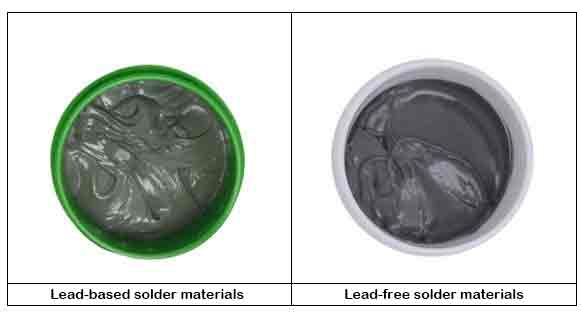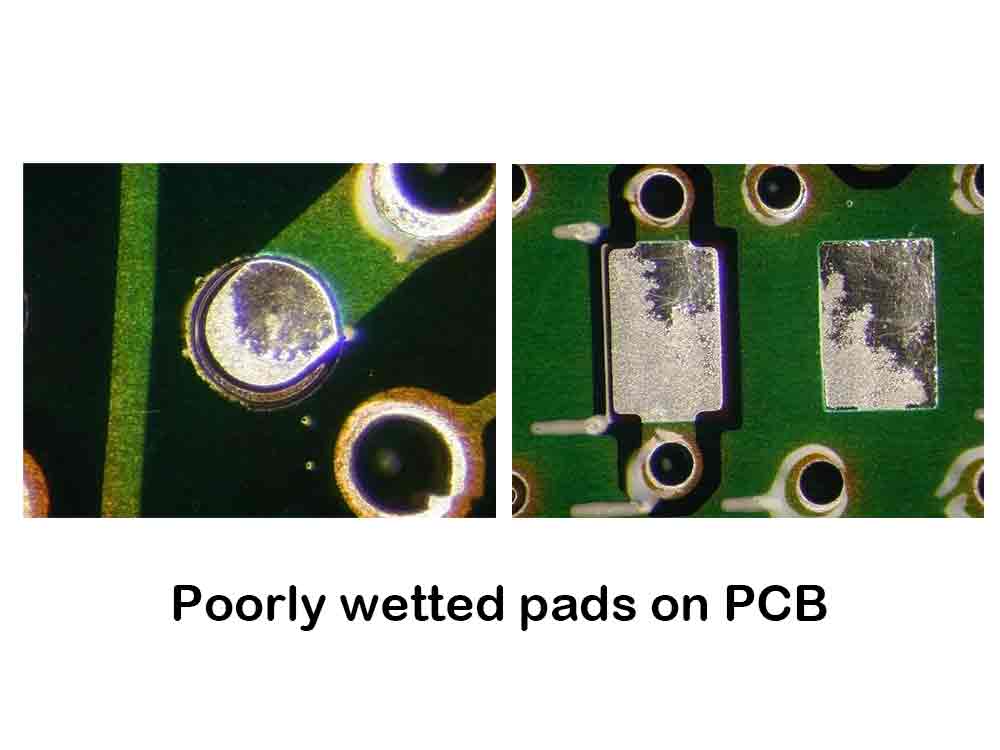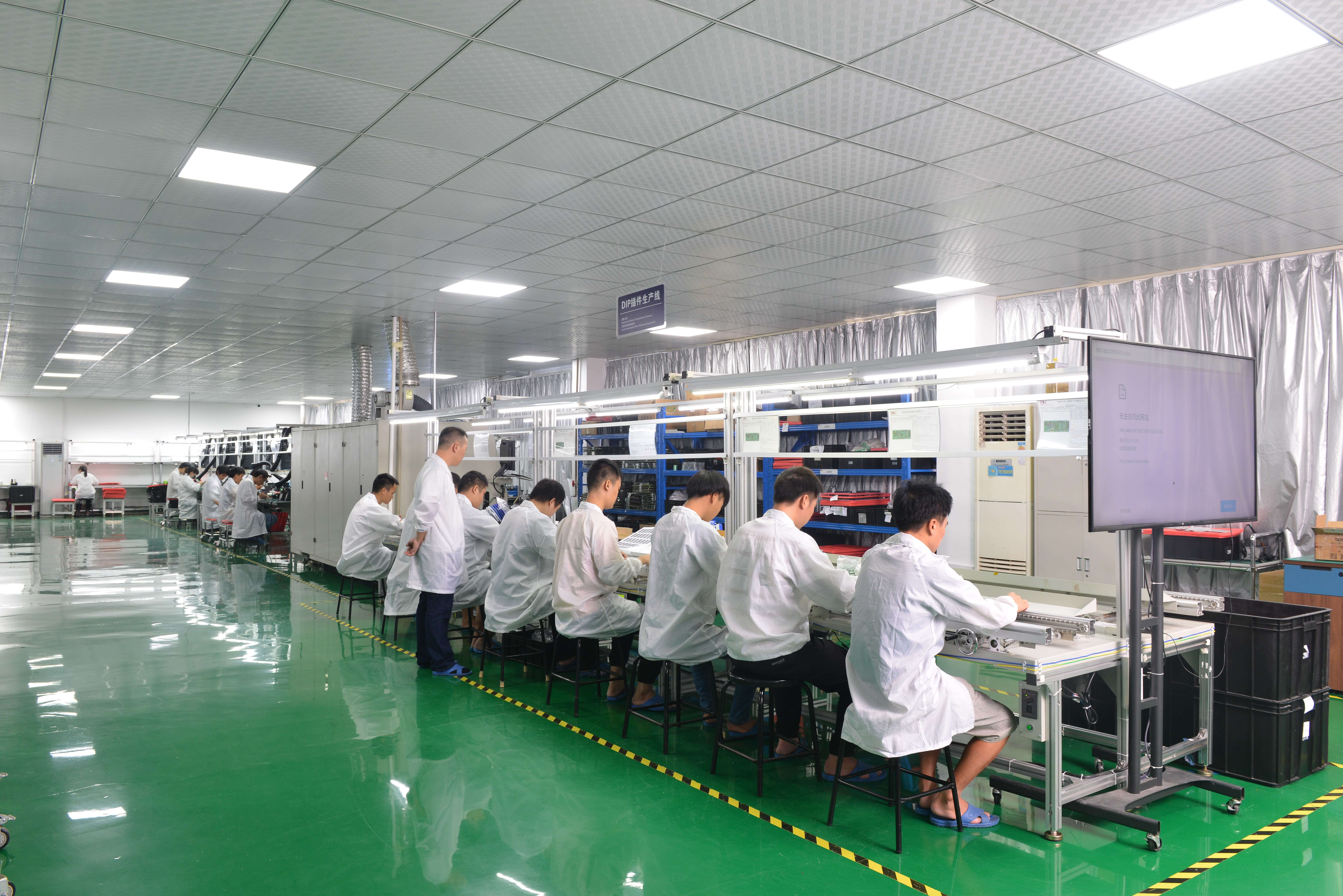PCB Assembly and Soldering Services
Whether you are just starting out or an established business, you will need PCB assembly and soldering services. These services will allow you to focus on other areas of your business and will ensure the quality of your product. Luckily, there are many companies offering PCB assembly and soldering services. You will be able to find the best service for you.
Lead-based solder materials

During the last few decades, lead-based solder has been slowly phased out from the electronics industry. It is known for its high flammability, and it can damage nearby electronic devices. It is also known for producing poisonous gases. In addition, lead can enter the human body through the nose, mouth, and skin. Lead is also toxic to children. In fact, it can accumulate in a person's body over time due to small exposures.
Lead-based solder materials are used in a variety of electronic processes. For example, they are used for PCB assembly and soldering services. During soldering, molten solder flows into gaps and is deposited to form strong electrical bonds. However, these materials can also be damaged by moisture, and they are also more susceptible to oxidation. The temperature of the solder is also a factor, and higher temperatures can affect the appearance of the joints.
Lead-free solder materials are also becoming more common. However, their benefits and shortcomings are not always clear. For instance, lead-free solder is less flexible than its leaded counterpart. The materials also oxidize quickly, which can lead to component stress. They can also be expensive.
Lead-free soldiers have been studied for a while. Those who resist the use of lead-based solders will be pleasantly surprised to learn that lead-free solders are becoming the norm. They can be purchased from electronics stores or online. These materials are also more expensive than their leaded counterparts, but they have many advantages. Some of these include better flow, better mechanical strength, and higher thermal resistance. However, lead-free solders are also more susceptible to corrosion, and some of them contain silver.
Lead-based solders are known to be more expensive than lead-free materials due to their higher tin content. This is because it acts as a protective agent against moisture, and it also increases the mechanical strength of the joint. Copper also improves the conductivity of the solder. In addition, the higher melting point of lead-free solders can improve performance in high-temperature applications. The higher melting point also affects plastic package components.
While lead-free solders are becoming the norm in the electronics industry, lead-based solders are still used for PCB assembly and soldering. These materials provide good electrical conductivity between different metals, and they can be used with copper, aluminium, brass, and stainless steel. They also require less heat, so they can be used in applications that require a higher melting point. However, they do not flow as well, and they can generate bad effects on high-frequency features.
Lead-free solders are also susceptible to tin whiskers, which can short-circuit the electrical circuit. This can be dangerous to the health of people who work in high-lead-emission industries. Lead whiskers are also a nuisance to consumers because they can cause electronic system failures. Lead-based solder is also known for producing shortcuts between neighbouring pins. This is why it is a good idea to use lead-free solder materials when working with electronics.
Quality control tests during the soldering process
Whether you are a PCB assembly and soldering services provider or an end-user, you need to have proper quality control tests during the soldering process. The quality of your PCB can impact the reliability of your electronic device. Quality control tests help you avoid costly mistakes. If your PCB assembly does not pass the tests, you may end up with an unfunctional electronic device.
There are different types of tests that you can conduct during the soldering process. Some of these tests include the solder float test, micro sectioning inspection, and in-circuit testing. Each of these methods can help you assess the quality of your solder joint and the quality of your PCB. These tests help you detect defects early in the
pcb manufacturing process, which will prevent a large number of boards from needing costly repairs.
The solder float test determines the level of penetration of the solder into the PCB. It also assesses the overall thermal stress that the PCB is under. If the PCB is under too much stress, the solder can melt and cause damage to the insulation. This can lead to open or charred joints, measling, and burns.
Micro-sectioning inspection is one of the most accurate tools for examining the morphology of solder joints. It can also reveal wetting and intermetallic formation. This inspection is a mandatory requirement for the ECSS-Q-ST-70-38C soldering verification programme. It is also important for the qualification of your soldering procedures.
In-circuit testing is a reliable automated test method that ensures your components meet the specification. In-circuit testing also helps you detect short circuits and component misalignment. This testing method is free of human error. It is also highly accurate and can be conducted quickly. This testing method is also helpful in determining the position of solder paste deposition.
Wetting balance analysis is another type of circuit board testing that can be used to qualify an assembly. This testing method determines the ratio of the soldering material to the contact pads. Good wetting means that the solder compound is evenly distributed on the contact pads. It also affects the reliability of the long-term operation.

In-circuit testing is able to detect defects early in the manufacturing process. It can also correct component orientation and ensure that each component is within the specifications. In-circuit testing also helps to detect short circuits, component misalignment, and component orientation. This testing method is also helpful in identifying defects that may have been overlooked in a manual inspection.
In addition to the
printed circuit board testing mentioned above, you can also conduct physical tests that can reveal the state of your BGA solder joints. These tests can provide you with feedback on how to adjust the assembly process. These tests can also show changes in the number of BGA voiding counts and changes in the temperature and humidity of the assembly environment.
Outsourcing PCB assembly services

Using a PCB assembly and soldering services provider can save time and money for an OEM, especially when it comes to producing electronic components for products. PCB assembly and soldering services involve setting up and maintaining an assembly facility and hiring labour to handle the task. An assembly service may also perform extra testing to ensure the quality of the assembled PCB.
The best way to choose a PCB assembly and soldering service are to understand what the company can offer and what it can't. It's important to select the right PCB assembly company to ensure you get the best quality product at the best price. You'll also want to ensure that the company is reliable and has a good track record. In addition to quality, you'll want to be sure you're dealing with a company that can handle large orders efficiently.
You'll also want to choose a PCB assembly and soldering company with a good reputation. You'll want to find a company that offers the highest quality of components and the best customer service, as well as a company that has a wide variety of equipment to choose from. A company with the best customer service will be able to help you solve any problems you might encounter in the future.
Outsourcing PCB assembly and soldering services can be a great way to get a lower cost per unit and the same quality as if you had bought the equipment and manned the facility yourself. A good service provider will also have the expertise and workforce to make sure the process is done right. This is important because PCB assembly and soldering can be a difficult process.
The best PCB assembly and soldering services provider will also have a good quality control system in place to ensure the quality of your products. Using a pcb assembly manufacturer also allows you to minimize PCB component scarcity. You can also leverage the expertise of a team of engineers to help you make sense of your design. You can also choose to have your board manufactured by a specialist supplier. These companies will have more equipment, which means they will be able to produce higher-quality PCBs.

Another good reason to use an assembly service is to get your product out to the market faster. A manufacturer that specializes in PCB assembly will be able to knock out orders much faster than a generalist electronics manufacturer. You can also take advantage of the skills of mechanical engineers who can design a board or retrofit an existing product.
The best PCB assembly and soldering service is also the one that has the most satisfied customers. Choosing an assembly service that can provide all of the services you need to get your product out the door quickly will help you get the most out of your time and money. It also allows you to focus on your core competencies and strengthen your sales network.






